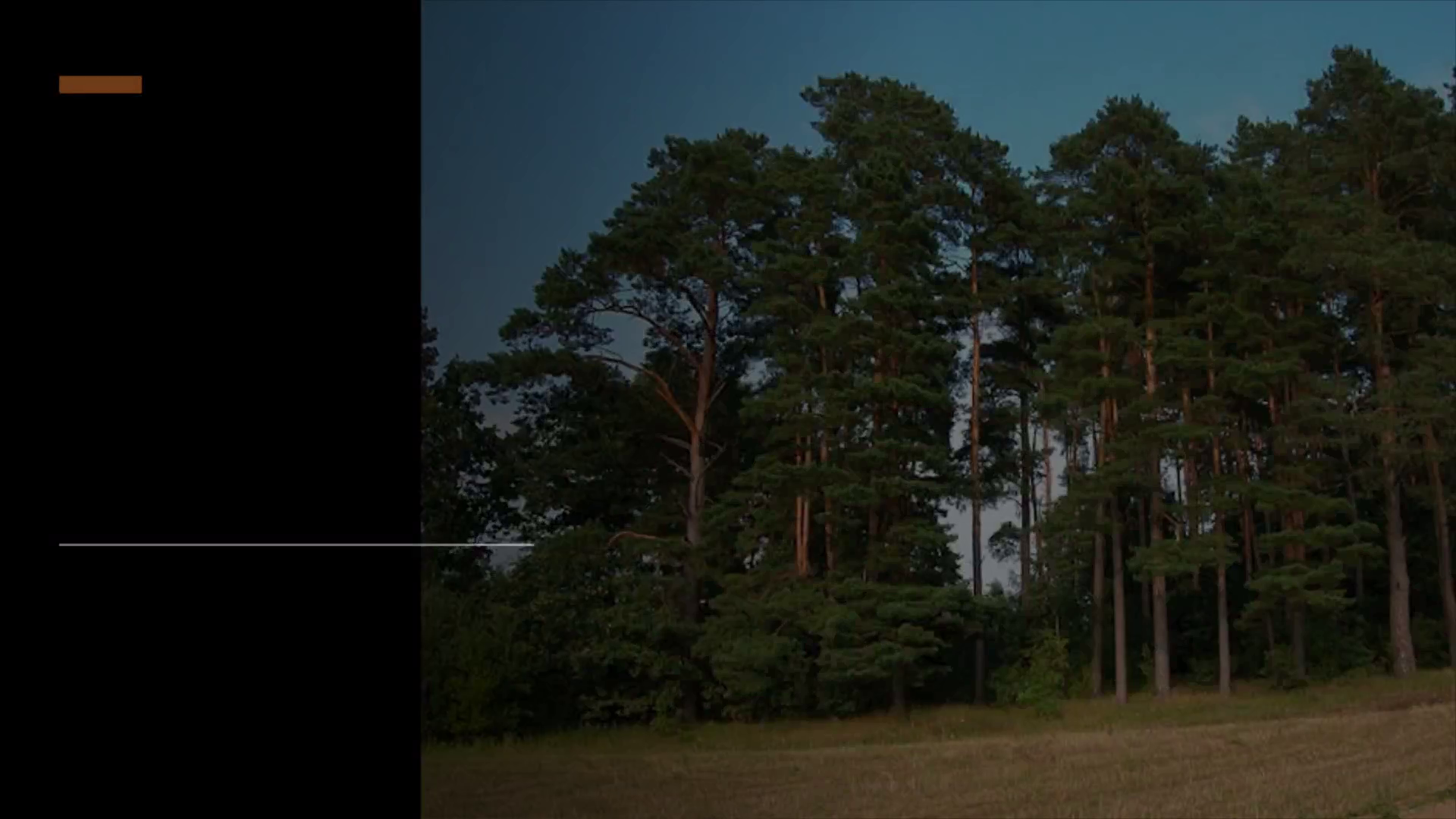Page 1 (0s)
[Audio] The Scots Pine Pinus sylvestris. Scots Pine.
Page 2 (7s)
[Audio] The Scots Pine ( Pinus Sylvestris) is a coniferous evergreen pine tree in the genus Pinus , section Pinus. The tree's bark makes it easily identifiable, with gray bark at the base of the tree that gradually thins and becomes orange at the crown of the tree. The needles are a glaucous bluish-green, come in fascicles of two and are usually 1 to 2 inches long. The immature seed cones are red and become brown when mature, with an average size of 2- 3 inches. ranging from Western Europe to Eastern Siberia, south to the Caucasus Mountains and northern Anatolia, and north to well inside the Arctic Circle in Fennoscandia. In the north of its range, it occurs from sea level to 1,000 m ( 3,300 ft), while in the south of its range it is a mountain tree, growing at altitudes of 1,200 meters to 2,600 meters, or ( 3,900 feet to 8,500 feett) . The species is mainly found on poorer, sandy soils, rocky outcrops, peat bogs or close to the forest limit. On fertile sites, the pine is out-competed by other tree species, usually spruce or broad-leaved trees. Populations in Scotland and ireland were nearly decimated due to logging by Europeans, but are now slowly recovering..
Page 3 (1m 29s)
[Audio] Subspecies The Scots Pine has 4 accepted varieties in its taxonomy. Pinus Sylvestris var. Sylvestris: The bulk of the range, from Scotland and Spain to central Siberia. Pinus Sylvestris var. Hamata: The Balkans, northern Turkey, Crimea, and the Caucasus. Pinus Sylvestris var. Mongolica: Mongolia, and adjoining parts of southern Siberia and northwestern China. Pinus Sylvestris var. Nevadensis: The Sierra Nevada in southern Spain. These varieties differ minimally in morphology, but have more pronounced differences in genetic analysis and resin composition..
Page 4 (2m 20s)
[Audio] Ecology It forms either pure forests or mixes with Norway spruce, common juniper, silver birch, European rowan, Eurasian aspen and other hardwood species. In central and southern Europe, it occurs with numerous additional species, including European black pine, mountain pine, Macedonian pine, and Swiss pine. In the eastern part of its range, it occurs with Siberian pine, among others.
Page 5 (2m 50s)
[Audio] How to germinate Scots Pine The cones take 2 years to mature. The seeds themselves are usually black and have seed wings. Collect the pine cones in October. To grow Scots Pine: Step 1: Store collected cones at below 32 degrees fahrenheit dry until spring to avoid seedlings dying of frost during winter. Shake or manually remove seeds from the mature cones, after separating form the seed wings, soak seeds in water for 24 hours. Step 2: Since the seeds have little to no dormancy, simply sow the soaked seed during spring at its future planting location, or for more success, place the seeds in a moist paper towel enclosed in a ziplock bag. After 2 weeks, remove the sprouting seeds and sow them in your planting location . Step 3: Water infrequently to prevent dampening off, water more if weather is hot and dry. Keep seedlings in full sunlight, but shade them in extreme heatwaves. Step 4: Once the seedlings are 1-2 years old, start fertilizing them once during summer with a slow-release nitrogen fertilizer if you want faster growth. Water a lot when you fertilize to prevent burning..
Page 6 (4m 17s)
[Audio] Where to grow the Scots Pine The Scots Pine grows best in its native range, but can grow anywhere in the temperate world when taken care of by humans. In the United States, The Scots pine can grow in USDA zones 3- 10, except the hot deserts of southeastern California and southwestern Arizona, and will perform poorly, but will survive in Florida. Keep the tree more shaded in hotter climates. The tree can grow in southern canada, but will suffer frost damage in the boreal regions. In Mexico, the tree grows best in higher elevations. The Scots pine can grow virtually anywhere in Europe with extra care. In Asia, cultivation is limited to temperate, Mediterranean and subtropical regions. The tree dies prematurely in tropical climates. The regions highlighted in purple are the best places to cultivate the Scottish Pine; the only exception is Florida, where it will suffer..
